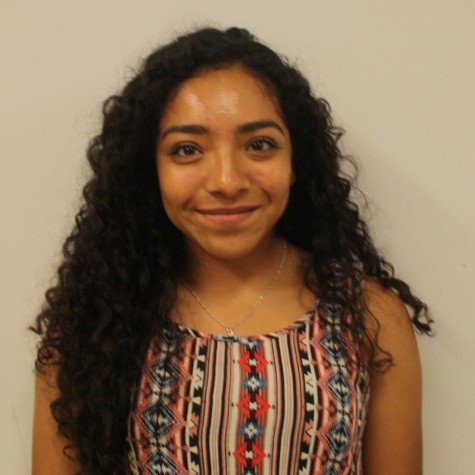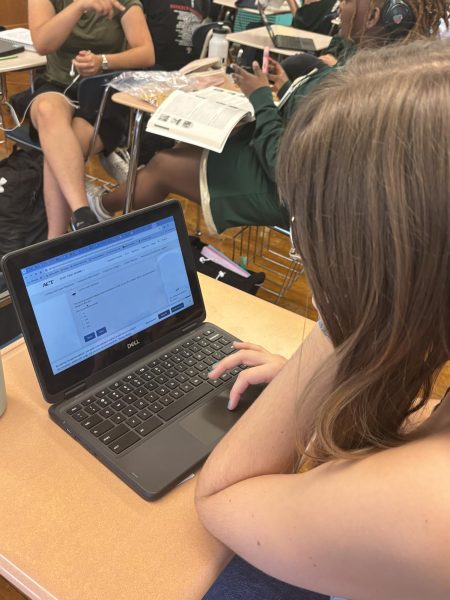Will a small Class of 2016 limit elective offerings next year?
Lane’s current junior class holds 781 students, nearly 300 fewer than the classes of 2015, 2017, and 2018.
With fewer soon-to-be seniors, some may wonder about the impact on elective course offerings.
Tara Carroll, Lane’s Admissions Director, keeps track of the student numbers and balances for each class. As long as there is interest in a certain elective, a smaller class will not affect positions for teachers, only the number of classes pertaining to the elective, Carroll said.
“What we’ll try to do is try to replace the Class of 2015 so that we’re not losing those numbers and then we’ll take some transfer students as well,” Carroll said.
While administrators work to balance the number of students in each class, other factors may affect upcoming course selections. Due to a new rule implemented at the beginning of the 2013 school year, students must now take a third year of language and a fourth year of both math and science, along with four years of physical education. In the past, students were only required to take two years of a foreign language, two years of physical education, and three years each of math and science, plus a fourth year of either math or science.
“Requirements affect our electives more than [our] numbers do,” Ms. Carroll said.
The current imbalance in class sizes dates back to previous admission numbers.
Throughout the past few years, the admissions process has changed in response to fluctuations in enrollment and the addition of the Academic Center in 2011. The result was a decrease in the number of students accepted as freshmen in the Class of 2016.
Prior to 2011, the admissions process was similar to that of college acceptances. Students could be admitted to more than one selective enrollment school, based on the selective enrollment exam scores. Scores that matched each school’s criteria meant acceptance for those who applied there.
The change began in 2011, a year in which the standards for acceptances to Lane became more difficult. Students applying to selective enrollment schools could now only be accepted to one. Lane accepted approximately 1,700 students that year aiming for a class of 1,100.
In order to level out the enrollment and to make up for the Class of 2015 being relatively larger, the next freshman class was smaller.
Lane’s first Academic Center class started off small, with about 90 students per grade. By the eighth grade graduation, those students transitioned to then become part of the Freshman Class of 2016. The transition from the Lane Tech Academic Center to high school, cut back the available spots of acceptances for those appling to Lane that year from other schools.
Only 90 students were accepted for the first year of LTAC, although it would eventually increase to 120 students per grade. Admissions for the Academic Center started small, which then contributed to a drop in the initial enrollment for the current junior class, which was the first to include LTAC students.
For the future of admissions, the balance will be kept by enrolling approximately 1,100 students in each freshman class, including LTAC — meaning 1,000 new students to Lane each year.
Your donations directly fund the Lane Tech student journalism program—covering essential costs like website hosting and technology not supported by our school or district. Your generosity empowers our student reporters to investigate, write, and publish impactful stories that matter to our school community.
This website is more than a publishing platform—it's an archive, a research tool, and a source of truth. Every dollar helps us preserve and grow this resource so future students can learn from and build on the work being done today.
Thank you for supporting the next generation of journalists at Lane Tech College Prep!

Kayla Martinez is a senior at Lane and news editor for The Warrior. Kayla enjoys writing about anything that may come to mind, and reading about mindfulness....


